
When those first couple of sunny spring days show up, it’s time to head out to the garden shed, grab your tools and wake up the garden for another season of tomatoes, carrots, fresh rhubarb, and of course, strawberries.
I’m always amazed at how bedraggled strawberry plants look at the end of the winter.
And yet, a couple of months from now, they will be emerald green, hiding shiny ruby-red fruit in their leaves. But now, in early spring, the strawberry patch looks dead. Everything is brown and crunchy.
Let’s take a few minutes to get the strawberry patch ready for another season of juicy berries.
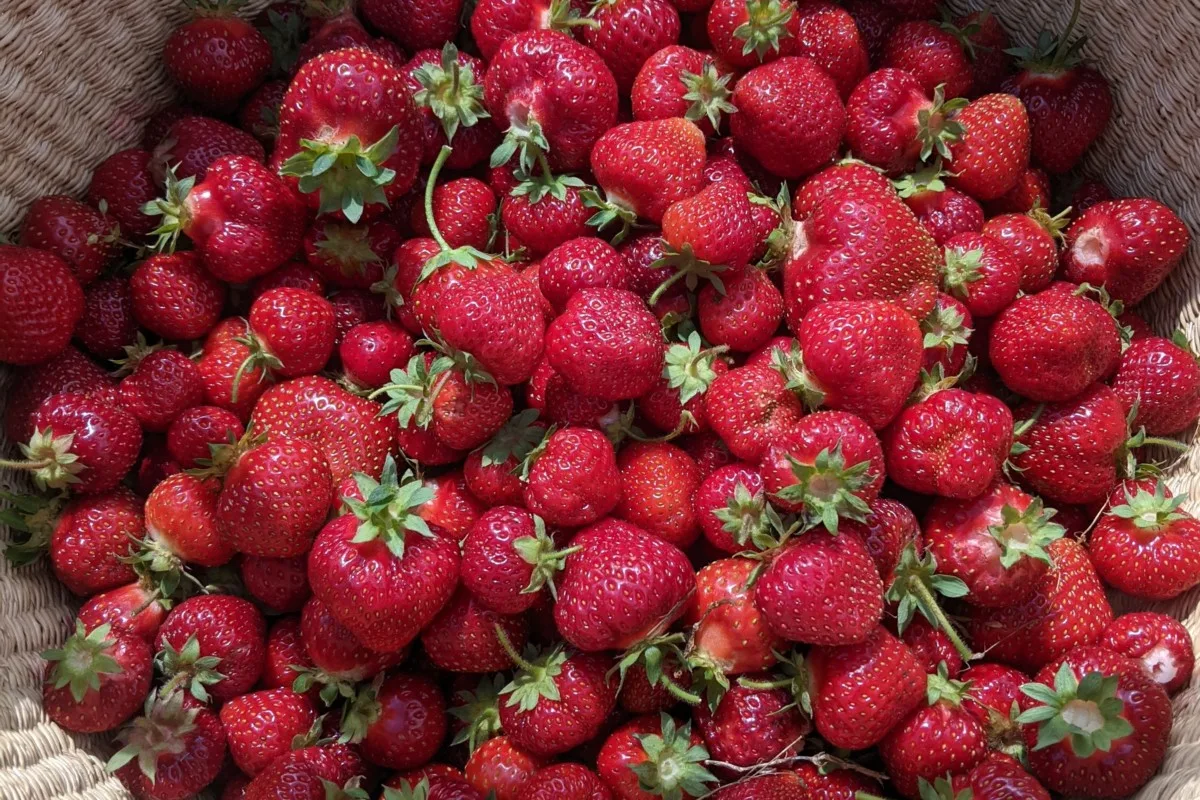
It only takes about half an hour to knock out this spring chore and ensure you’ll be eating delicious strawberry shortcake come June.

1. Remove Old Mulch & Put Down New
Mulching strawberries in the fall protects them from harsh winters with freezing temperatures. But come spring, it’s time to peel back this protective layer so your plants can receive some much-needed sunshine and fresh air. Leaving that old layer of wet mulch on for too long can encourage mold and disease.
Strawberry Black Eye
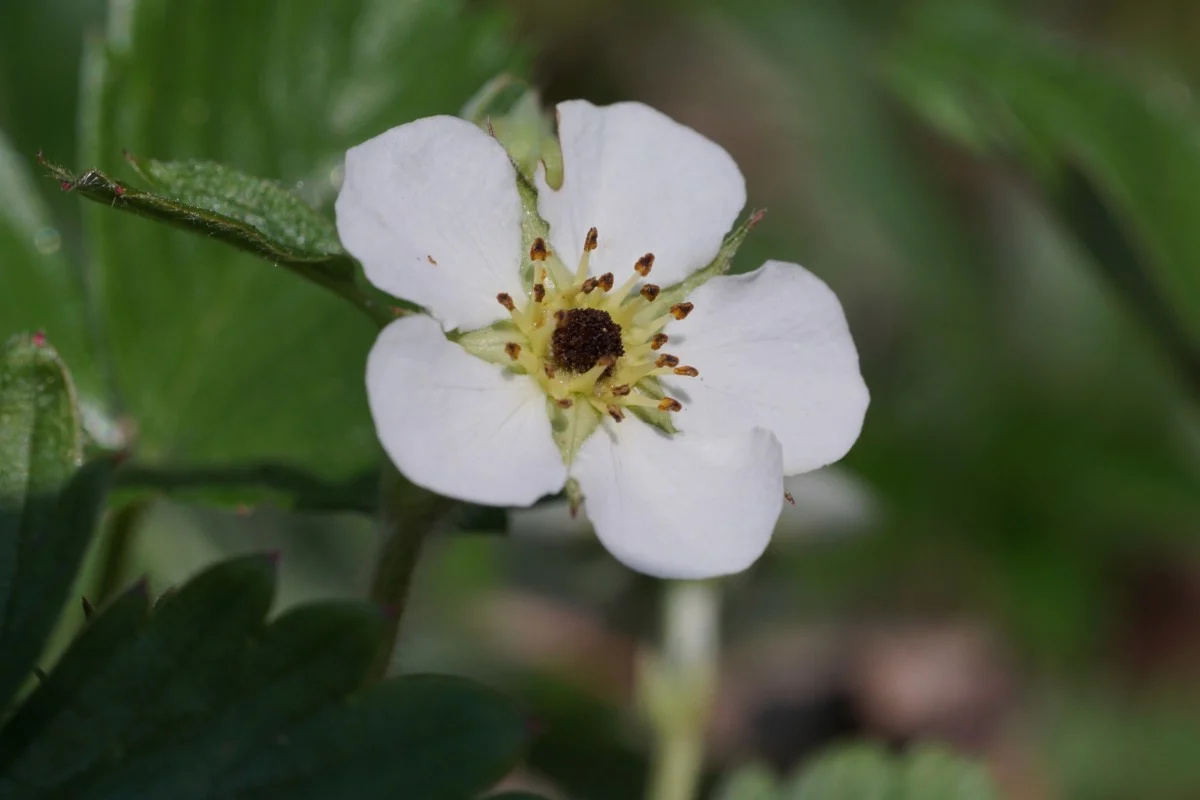
However, it’s important not to remove the protective mulch too soon. Strawberries have this optimistic habit of blooming right before the lost frost. While a bit of frost won’t completely wipe out your flowers, this can lead to a condition known as strawberry black eye, where the reproductive parts of the bloom are damaged by frost. If you notice a black dot in the center of the flower, unfortunately, this means that the bloom won’t produce a berry.
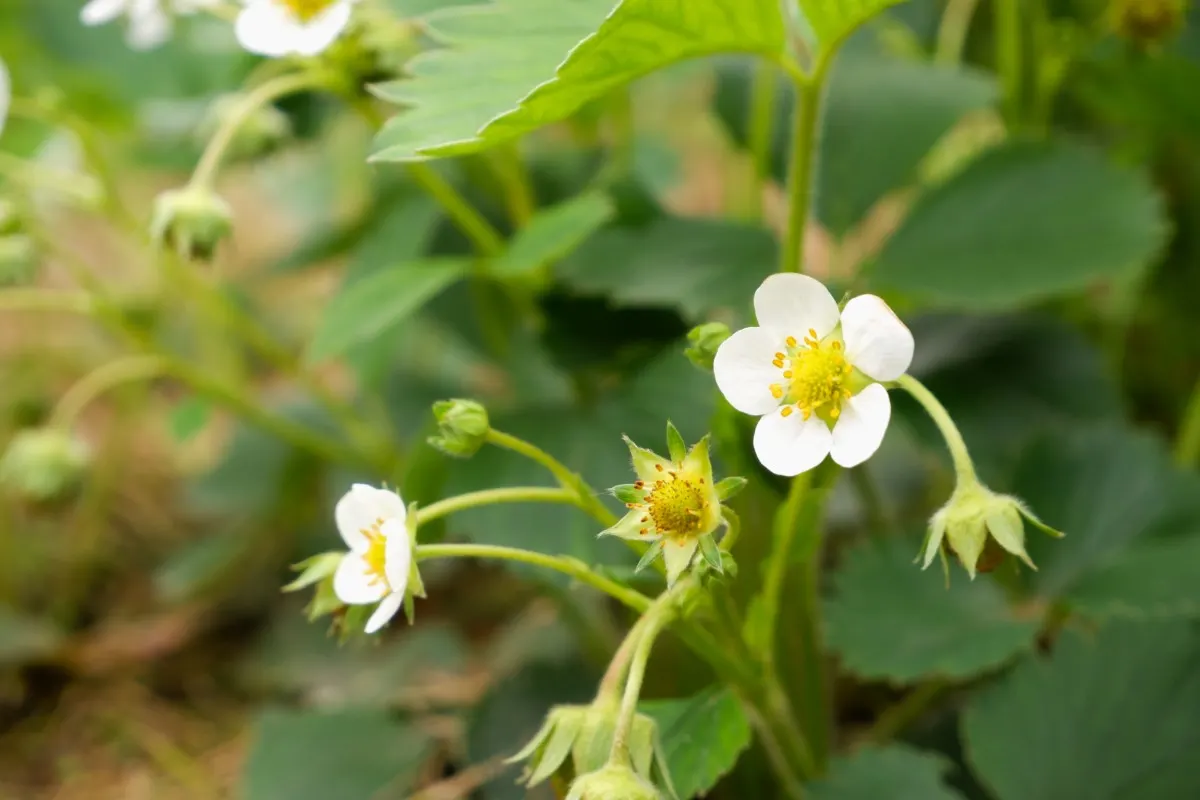
One of the best things you can do is clean up your strawberry beds and then use a row cover or cover the plants with fresh straw during any last frosts before the good weather holds.
2. Trim Dead Foliage
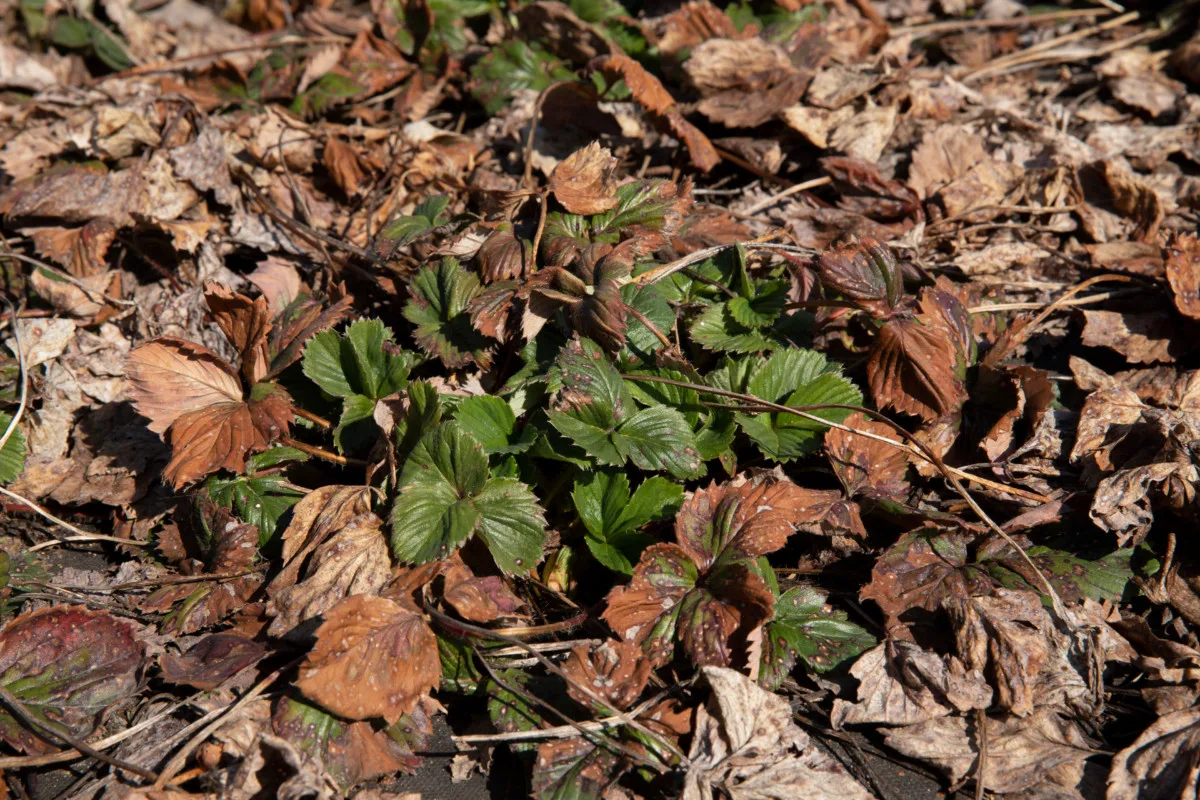
It’s time to refresh those strawberry plants and trim away any dead runners or old, dead leaves. Be careful not to remove any of the new growth.
It’s not a good idea to leave this stuff to decompose as it offers a great place for bacteria to grow and diseases to flourish. Getting rid of the dead leaves gives the new growth room to spread.
3. Apply Spring Fertilizer
Many plants need a dose of fertilizer to start the growing season right, but you may want to skip the fertilizer depending on your berries.
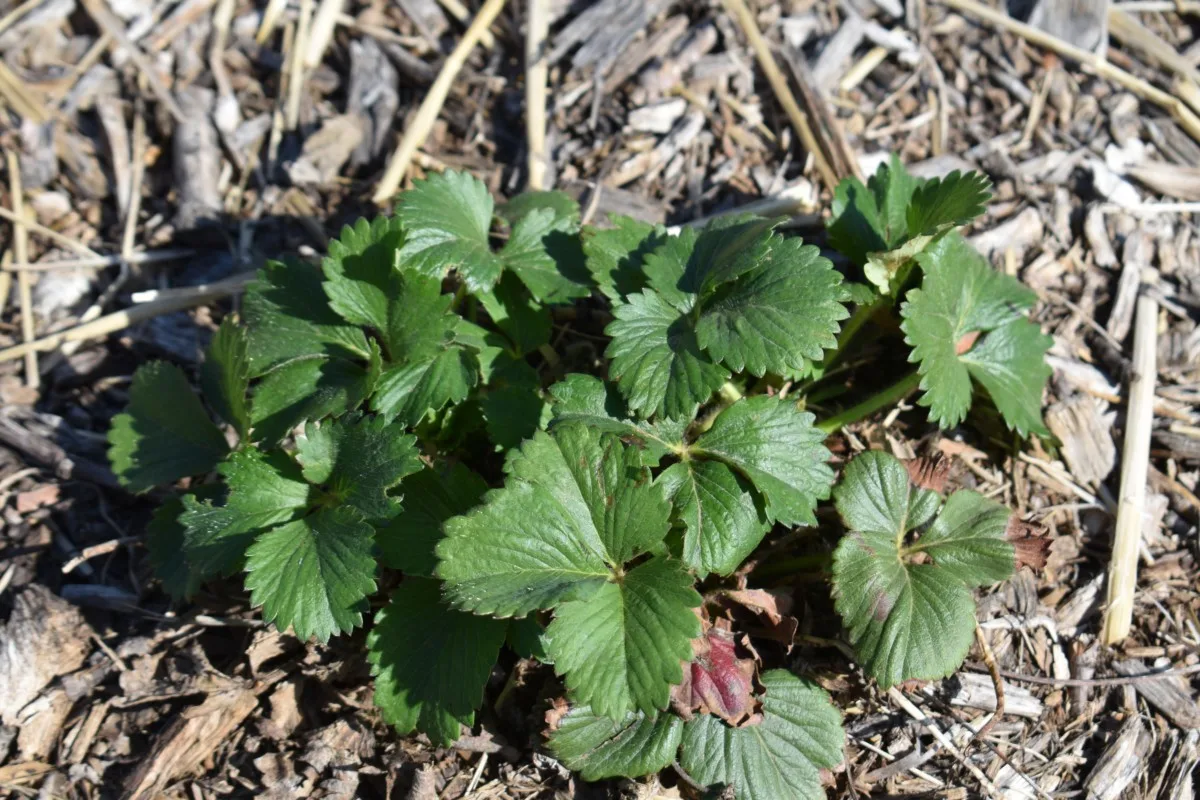
June-bearing
If you’re growing June-bearing strawberries, it’s best to hold off on fertilizing them in the spring. June-bearing strawberries do best when fertilizer is applied after they have stopped bearing fruit in mid-summer.
If you fertilize June-bearing strawberries in the spring, you’ll have a glorious crop of leaves with very few berries. However, newly planted June-bearing plants need to be fertilized with a good, all-purpose 10-10-10 fertilizer to help them get off to a good start.
Ever-bearing
Ever-bearing strawberries need to be fertilized in the early spring and late summer once they’ve finished producing fruit. Use a good, all-purpose 10-10-10 fertilizer. Choosing a liquid fertilizer means the plants will have access to the nutrients right away.
4. Weed Your Strawberry Patch
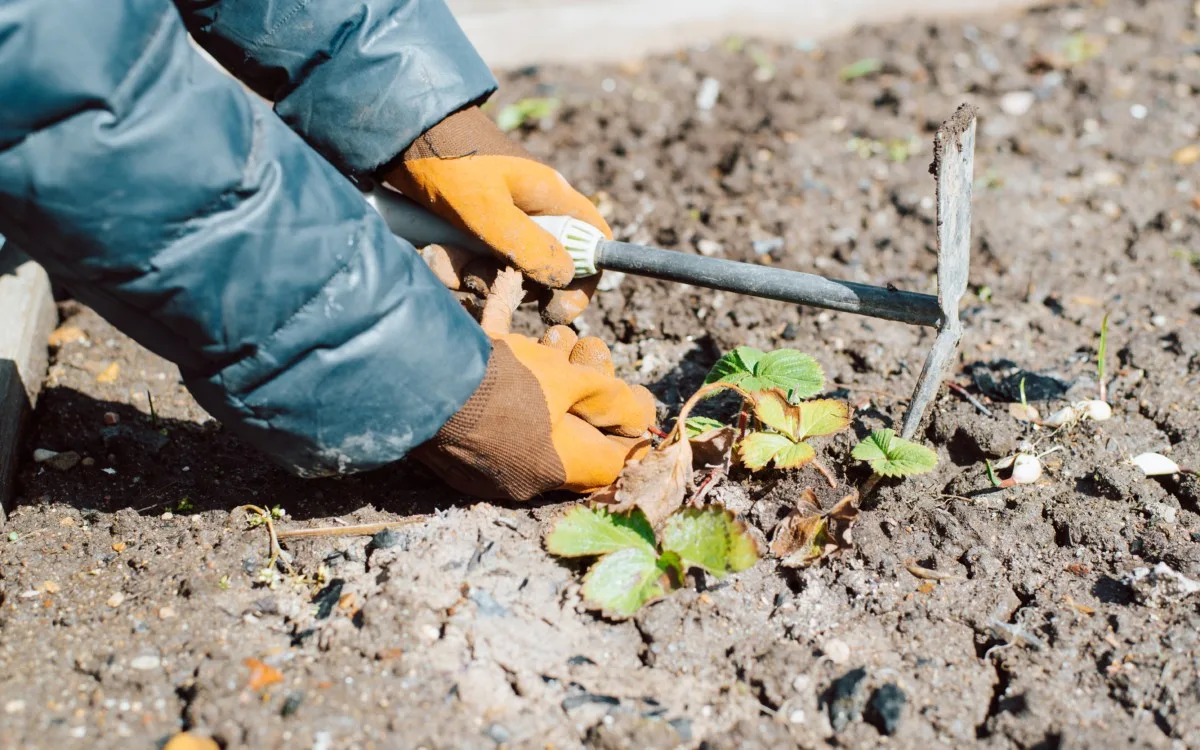
Take the time now to weed your strawberry bed while the weeds are still young. It’s much easier to pull them out of the ground now as they aren’t established, and the ground will be softer in the spring.
Weeds are prevalent in strawberry beds, and you don’t want them competing for nutrients and choking out your beautiful berries.
5. Thin Out and Replace Older Plants
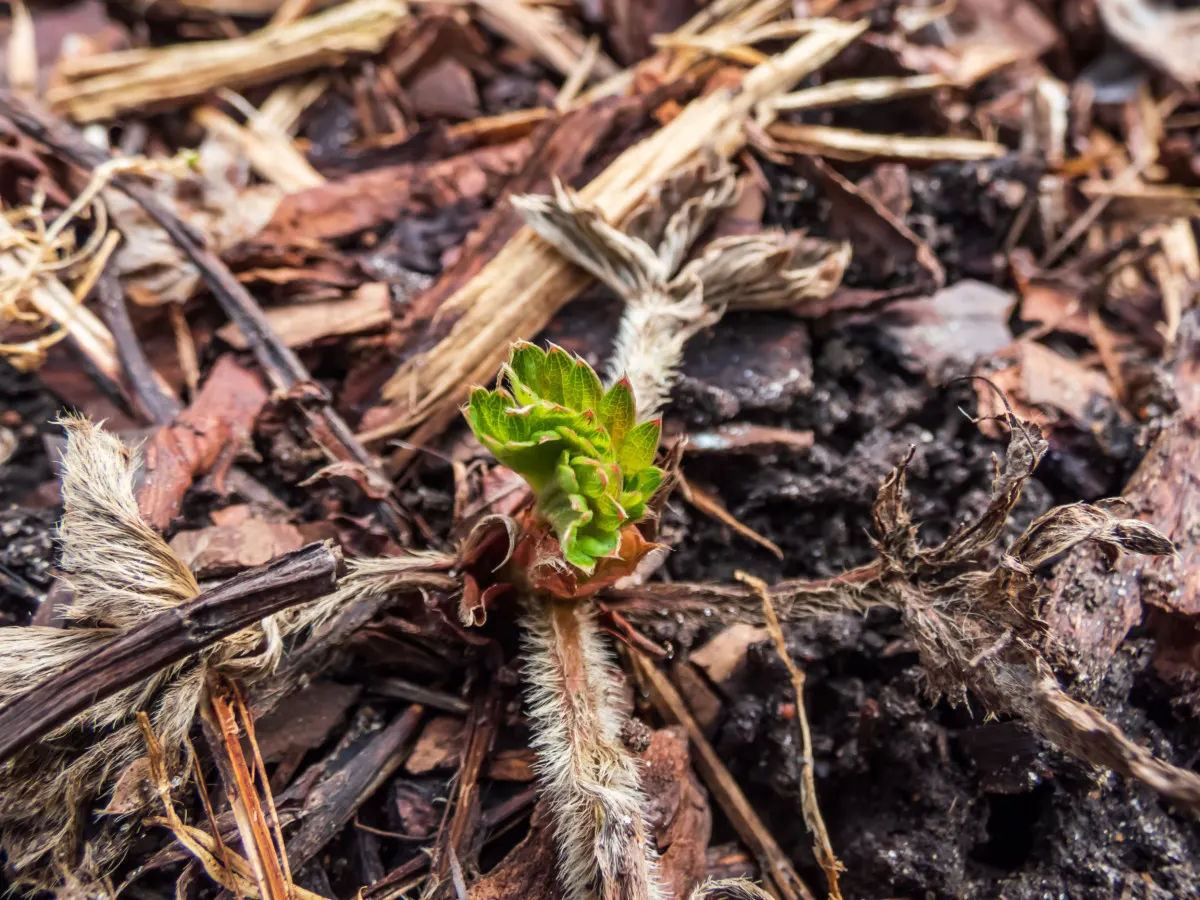
To maintain a strawberry patch that continually produces plenty of berries each year, you need to replace older plants. Strawberry plants produce the most berries in the first 3-4 years. It’s best to pull the older plants and replant them with new ones. Once you have a well-established strawberry patch, you will be doing this for a few of the plants every year.
Keep good notes in a garden planner and plant new plants in the same section. This will make keeping track of which ones need to be replaced easy to do.
Spring is the best time to replace those older plants. Pull up and compost plants that are older than four years old.
6. Grow New Strawberries on the Cheap
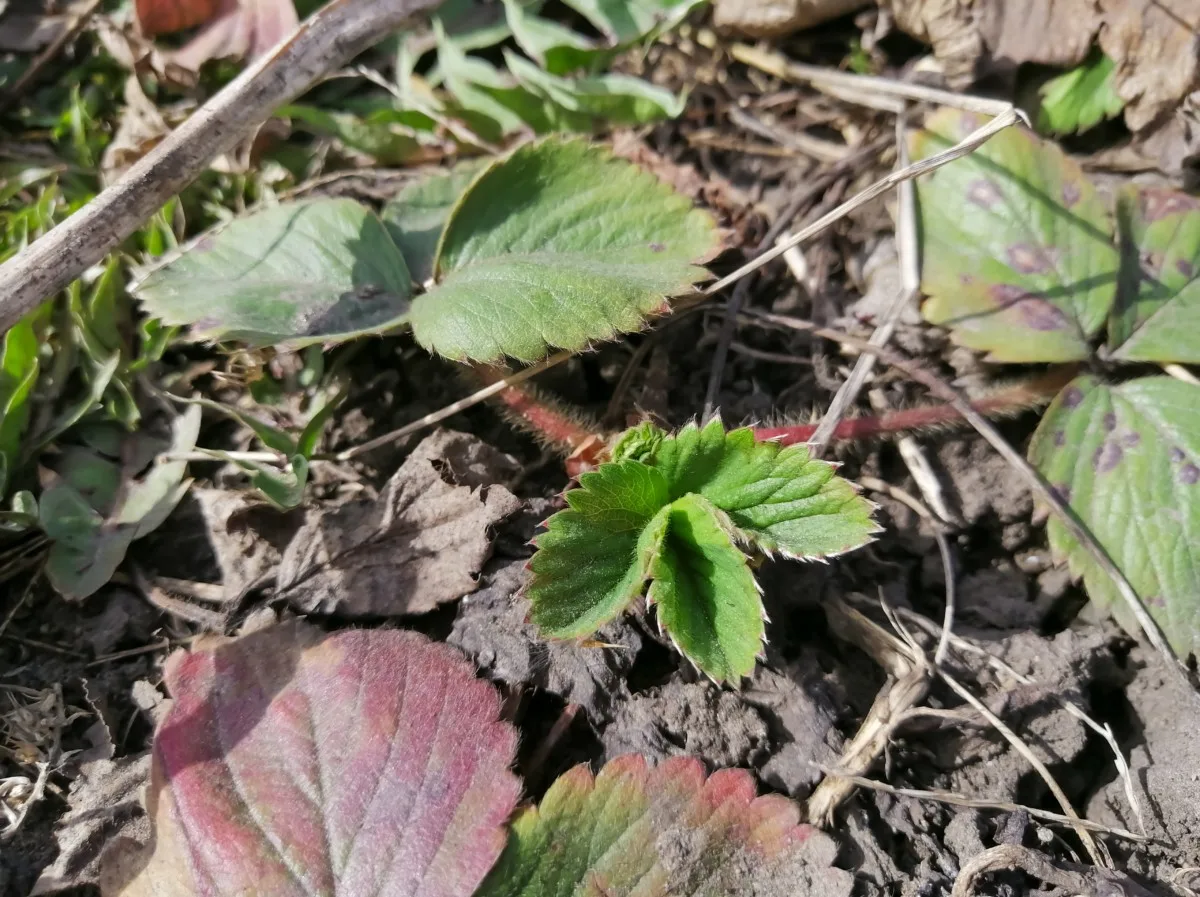
The great part about a strawberry patch is that it continually produces new plants for you, so replacing those older plants is free. All you need to do is transplant the runners.
Healthy plants will continually produce runners. In the spring, it’s best to trim off all of these runners, so the plants put their energy into making more berries. However, once the berry season is finished, you can let the runners grow.
Elizabeth walks us through the entire process of propagating new strawberry plants using runners. It’s a good read if you want to enjoy free strawberries for years to come.
7. Companion Planting
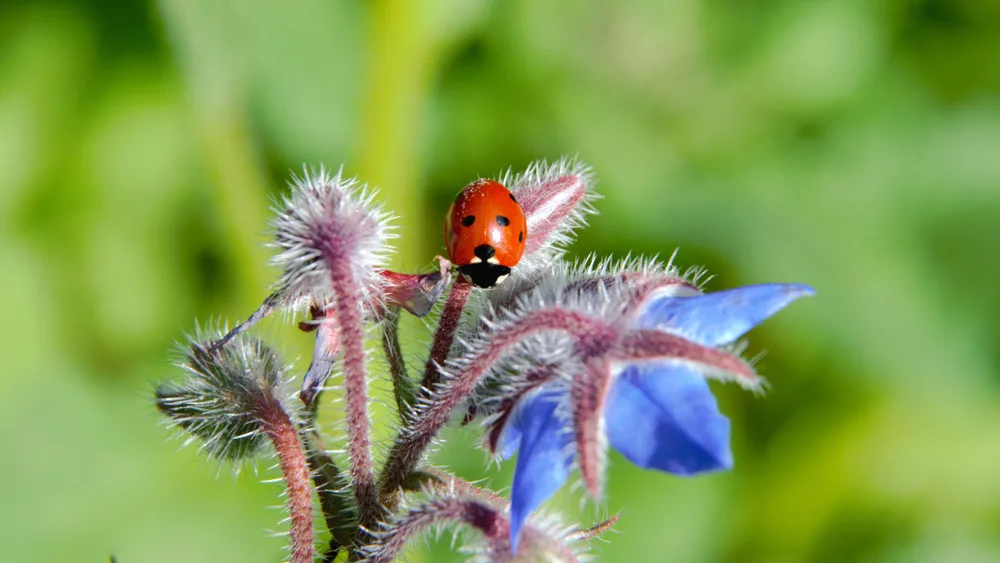
Strawberries, like any other crop, can benefit from being planted next to a beneficial companion plant or two.
Spring is a great time to surround your strawberries with flowering plants to attract pollinators and ward off harmful pests. Plants that grow well with strawberries include borage, catnip, yarrow, sage and thyme.
For a full list of strawberry companion plants (and what should be kept far away from strawberries), take a look at our guide here.
Starting a Strawberry Patch
If you haven’t started your strawberry patch yet are looking for guidance on doing so then take a look at our total guide to plant a strawberry patch that produces fruit for decades.
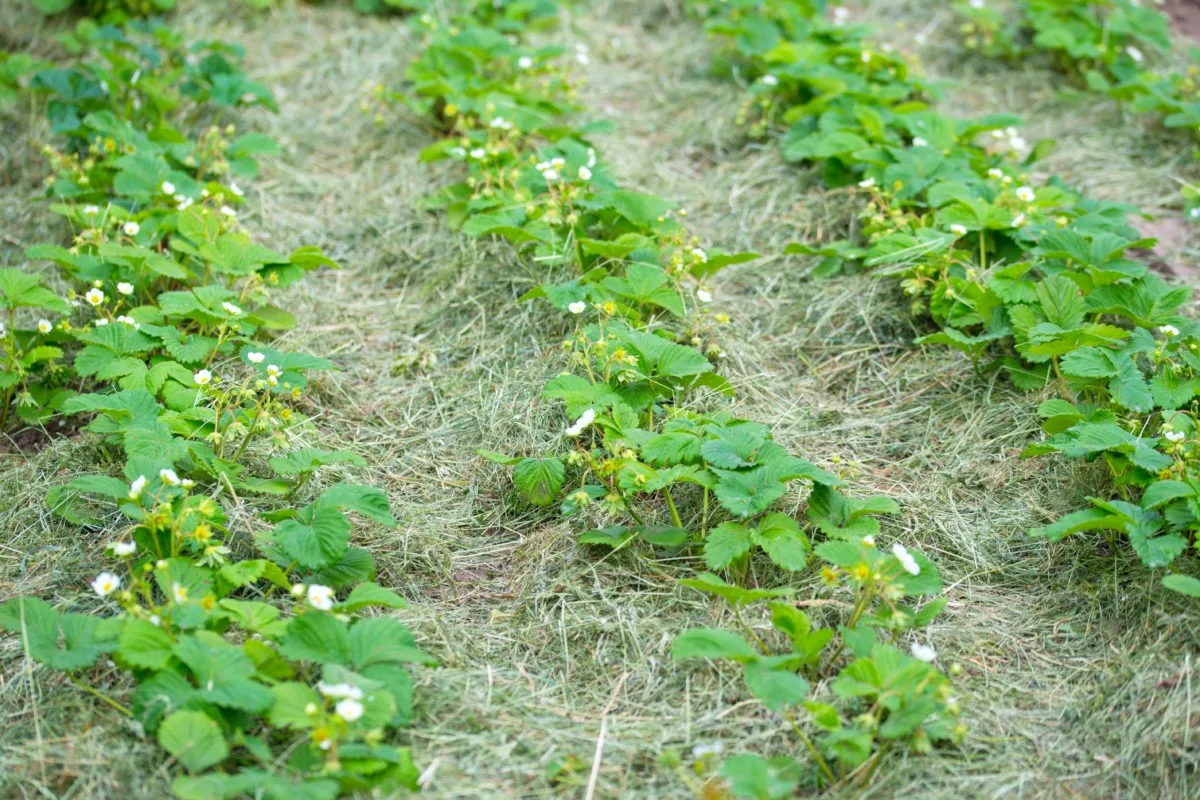
Once you get this spring chore done, it only takes a bit more work to get those blueberry bushes ready for the season and to prepare your rhubarb too.
And you’ll need a few ideas for what to do with all those delicious strawberries.

Get the famous Rural Sprout newsletter delivered to your inbox.
Including Sunday musings from our editor, Tracey, as well as “What’s Up Wednesday” our roundup of what’s in season and new article updates and alerts.

